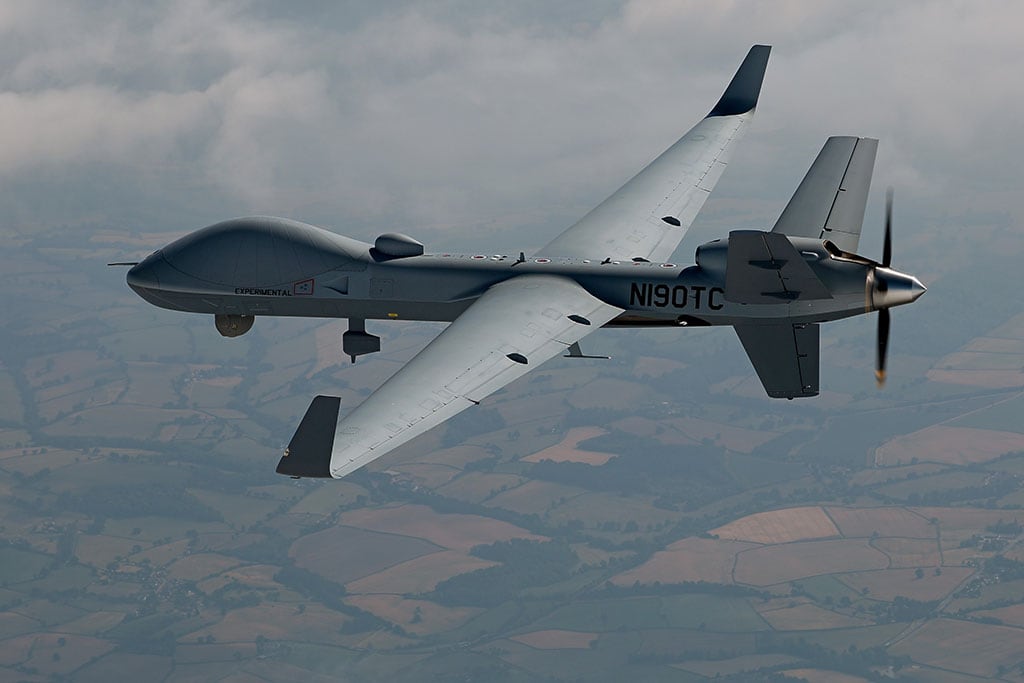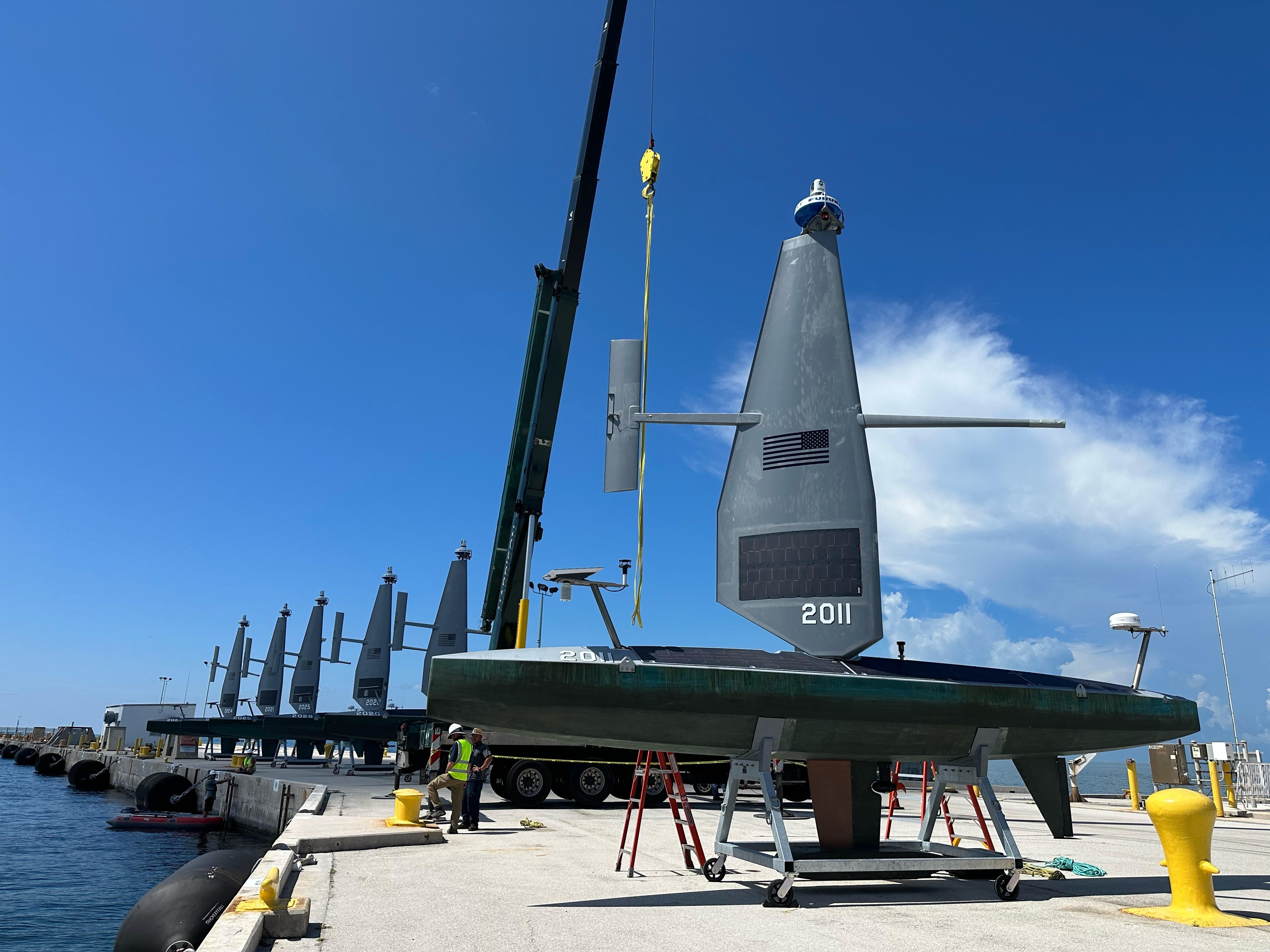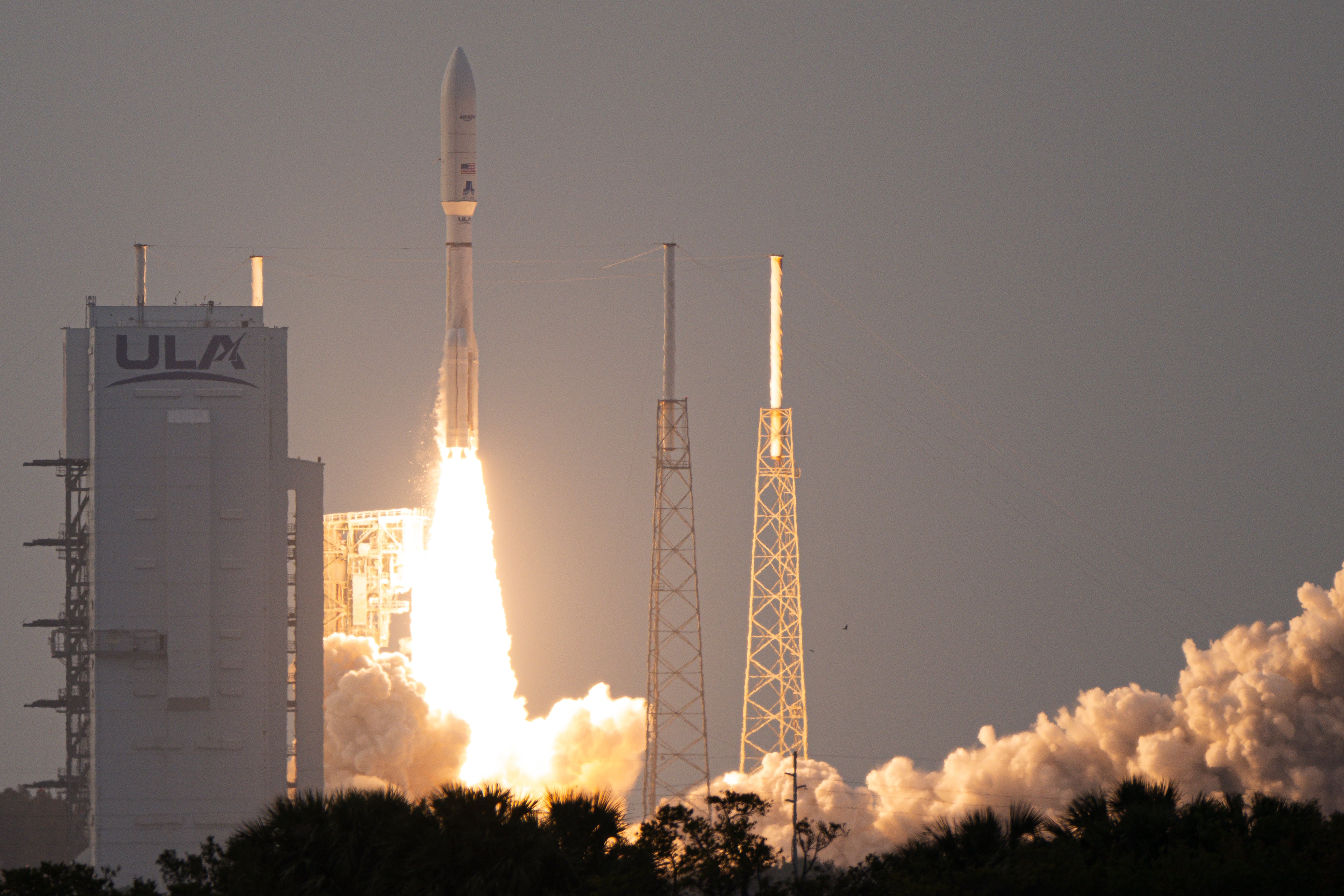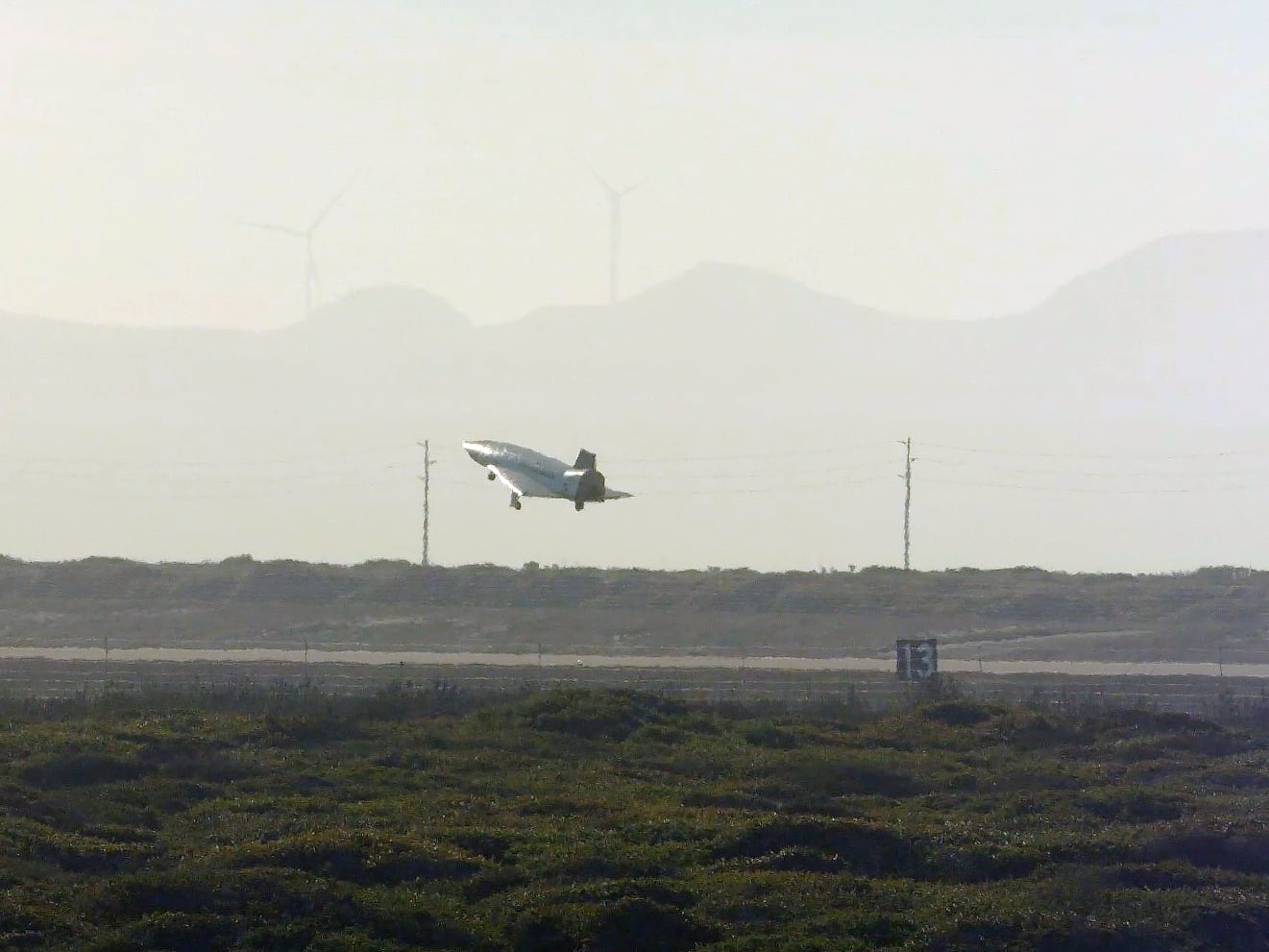The first, and so far only, nuclear weapons used against people were carried by bombers and guided into position by human pilots. In the decades since, nuclear delivery systems expanded to include missiles as well as bombs. At the same time, the vehicles carrying such payloads expanded to include submarines and specially designed trucks. But in all of these situations, the human at the launch control always remained a key part of design.
As Russian military planners look to the middle of this century, could that mean putting a nuclear weapon in the control of a robot?
An announcement by Russian leaders was not so explicit. Speaking to a newspaper in December, Lt. Gen. Sergey Kobylash of the Russian Aerospace Forces stated that Russia would have a sixth-generation strategic bomber by 2040, and that this strategic bomber would already be unmanned.
Russia’s main strategic bombers, the Tu-95 and its maritime counterpart the Tu-142, entered service in 1956, and are expected to serve until the 2040s. How Russia will adapt to the retirement of the main bomber leg of its nuclear triad is addressed in this announcement in two ways. There is the introduction of a new bomber timed to the full retirement of the venerable Tu-95s, the “already unmanned” bomber that Kobylash is alluding to.
In between now and that retirement is another Russian craft in the works, one that might portend the shape of bombers to come. Such an aircraft would fill the gap between the turboprop-powered Tu-95 and modest fleet of jet-powered Tu-160 bombers.
“Russia is actually working on the next-gen bomber — PAK-DA, which could be in service around 2027,” said Samuel Bendett, an adviser at the Center for Naval Analyses. “The real question is now whether PAK-DA will be in an unmanned configuration.”
When the United States announced plans for its latest bomber generation, it included the possibility of the B-21 bomber being “optionally manned,” a capability that would lend flexibility and possibly endurance to conventional bombing missions. (In 2014, an Air Force roundly rejected the notion of the B-21 carrying nuclear payloads without human crew on board.)
Whatever Russia’s ambitions are for uncrewed strategic bombers, it still has a lot of ground to make up first to have armed drones for more tactical missions.
“Russia is getting into [unmanned combat aerial vehicle] business — while it still does not have a strike drone in service, it recently tested Orion MALE UAV in Syria where it struck enemy positions,” said Bendett, who is also a fellow in Russia studies at the American Foreign Policy Council. "Those drones are expected to enter service as early as 2020. Until now, Russia demonstrated the capability to conduct strikes from small drones, like quadrocopters/multirotor models.”
The 2040 uncrewed strategic bomber is aspirational, a mark set against the horizon. It remains to be seen if it will be human eyes or robotic electro-optical sensors that ultimately see that future.
Kelsey Atherton blogs about military technology for C4ISRNET, Fifth Domain, Defense News, and Military Times. He previously wrote for Popular Science, and also created, solicited, and edited content for a group blog on political science fiction and international security.








